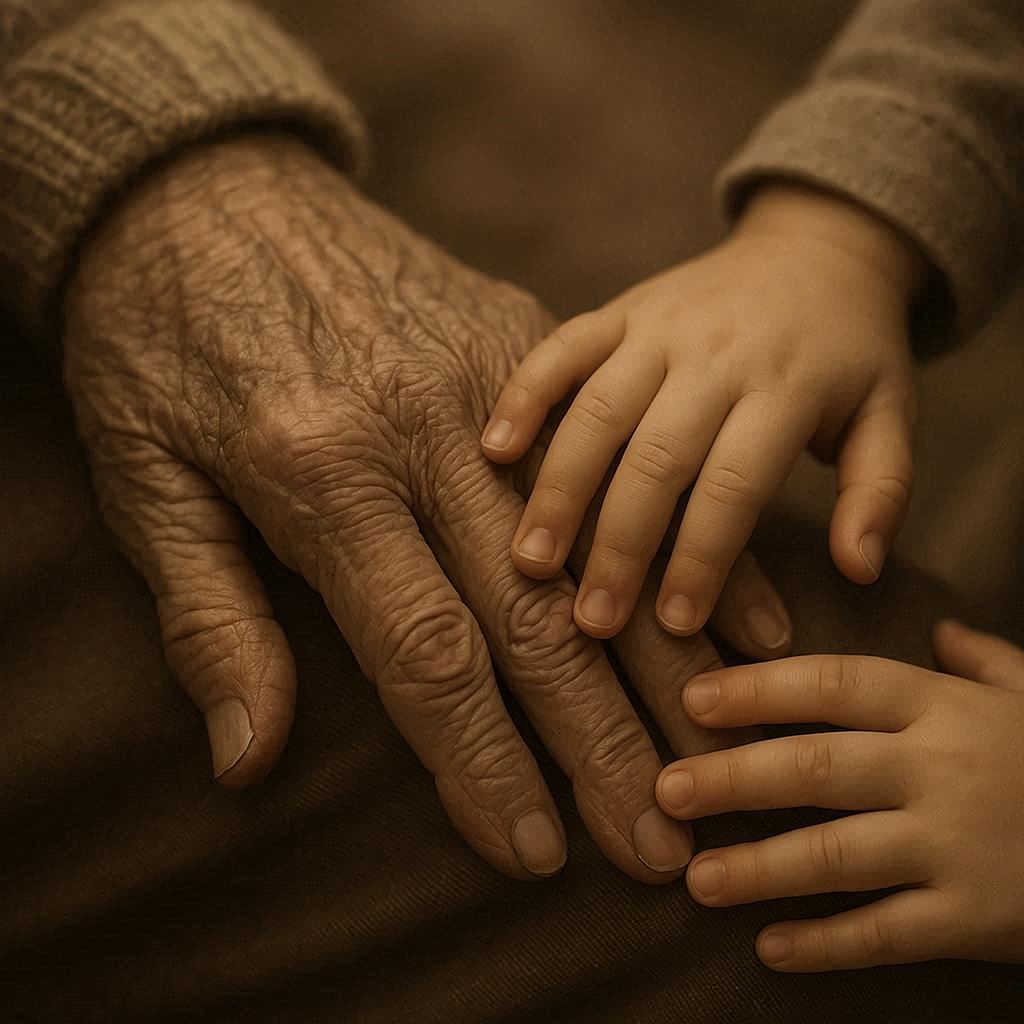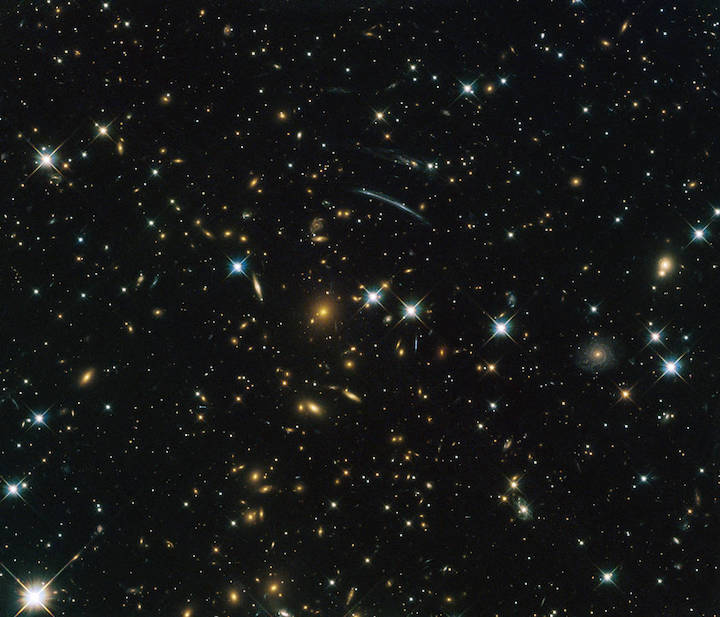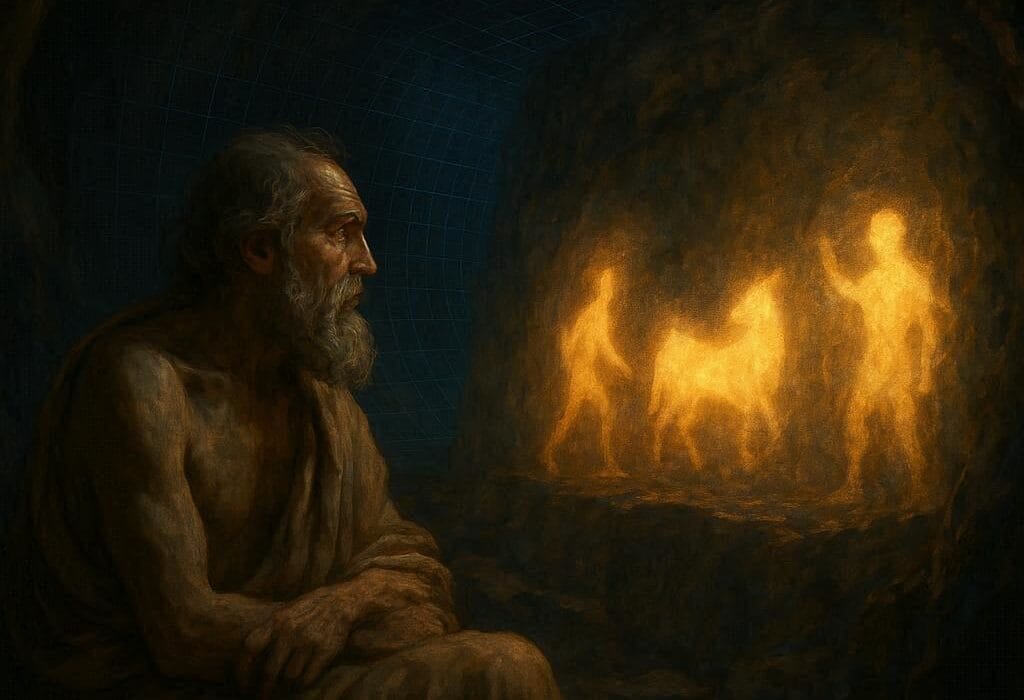Aging is the one universal story every human shares. It begins quietly, without warning, from the very moment of birth. In childhood, time feels like a gift, an expansion of possibility. In youth, it feels irrelevant, as if we might outrun it. But as years pass, we begin to notice subtle changes—skin loses elasticity, hair grays, muscles weaken, memory shifts. The body, once a boundless machine of growth and repair, begins to reveal its limits. What makes this happen? Why, despite remarkable resilience, do our cells and organs eventually falter?
The biology of aging is not merely a study of decline. It is a story of adaptation, survival, and evolution. Every wrinkle, every gray strand, every ache is a message written by the complex machinery of life itself. To understand why our bodies wear down, we must enter the inner universe of our cells and genes, where time leaves its mark most profoundly.
The Cellular Clock
Deep inside every cell lies the blueprint of life: DNA. Each time a cell divides, its chromosomes—long strands of DNA—must be copied. At the ends of these chromosomes are protective caps called telomeres, which prevent the loss of crucial genetic information. But with every division, telomeres shorten. Eventually, they become so short that the cell can no longer divide safely. This state is called cellular senescence.
Senescent cells are not dead, but they are damaged. They no longer replicate, and instead, they release chemical signals that can disrupt neighboring cells. While this mechanism helps protect the body against cancer by stopping damaged cells from uncontrolled growth, it also contributes to aging. Over time, as senescent cells accumulate, tissues lose their ability to regenerate. The cellular clock keeps ticking, and eventually, it runs down.
This shortening of telomeres has been compared to the burning of a candle. Each flame brings light and warmth, but with it comes consumption of the wax. The body, in its brilliance, burns brightly in youth, but the fuel is finite.
Oxidative Stress: The Rusting of Life
Alongside the shortening of telomeres, another powerful force drives aging: oxidative stress. Every breath we take fuels our cells with oxygen, which is essential for generating energy. But oxygen, while life-giving, is also reactive. In the process of energy production, our cells generate byproducts called free radicals—unstable molecules that can damage DNA, proteins, and cell membranes.
This damage is known as oxidative stress, and over time, it accumulates like rust on metal. Antioxidant systems in the body work tirelessly to neutralize free radicals, but they are not perfect. As decades pass, the imbalance grows, and the cellular machinery begins to falter. Wrinkles, weakened muscles, and cognitive decline all bear the fingerprints of oxidative stress.
The irony is profound: the very process that sustains life also contributes to its gradual unraveling. The spark that powers us is also the ember that burns us down.
Mitochondria: The Powerhouses That Tire
Mitochondria, often called the “powerhouses of the cell,” are central to this story. These tiny organelles generate the energy that fuels every thought, every heartbeat, every step. But mitochondria are also vulnerable. Their DNA, separate from the nucleus, is more prone to damage from free radicals.
As we age, mitochondrial function declines. They become less efficient, producing less energy and generating more damaging byproducts. This creates a vicious cycle: damaged mitochondria lead to more free radicals, which cause more damage, further weakening the mitochondria. This gradual decline in cellular energy production is one reason why older bodies feel fatigue more easily and recover more slowly.
A child can run endlessly, fueled by fresh mitochondria, but an older body tires quickly, its engines worn and inefficient. Aging, in this sense, is the story of engines losing their spark.
Protein Damage and Misfolding
Proteins are the workhorses of the cell. They form structures, carry messages, and catalyze the chemical reactions that keep life running. For proteins to function properly, they must fold into precise three-dimensional shapes. But over time, errors creep in. Proteins misfold, clump together, and accumulate in tissues.
In the brain, these clumps can form the plaques and tangles associated with Alzheimer’s disease. In muscles, misfolded proteins reduce strength and flexibility. The body has quality-control systems—like the proteasome and autophagy—that break down and recycle damaged proteins. But as we age, these systems weaken. The buildup of damaged proteins becomes like garbage piling up in a city that no longer has the resources to clean its streets.
This protein mismanagement is one of the hidden reasons why tissues lose function with age. The intricate orchestra of proteins that once played in harmony becomes filled with discordant notes.
The Immune System’s Slow Decline
Another key factor in aging is the gradual weakening of the immune system, a phenomenon called immunosenescence. In youth, the immune system is sharp and aggressive, identifying and destroying threats with precision. But as we age, immune cells lose their effectiveness.
The thymus, the organ where T-cells mature, shrinks dramatically after puberty, reducing the production of new immune cells. Meanwhile, the body’s stockpile of memory cells, once vital for fighting familiar infections, becomes less adaptable to new challenges. This explains why older adults are more vulnerable to infections like influenza or pneumonia.
At the same time, the immune system begins to turn against the body itself, creating chronic low-grade inflammation. Scientists call this inflammaging. The body, in trying to protect itself, instead contributes to its own decline.
Hormonal Changes and the Loss of Balance
The body’s chemical messengers—hormones—also play a central role in aging. Hormones regulate growth, metabolism, reproduction, and repair. But with time, hormonal balance shifts.
Levels of growth hormone and sex hormones such as estrogen and testosterone decline. This contributes to loss of muscle mass, bone density, and skin elasticity. The decline of melatonin affects sleep, while reduced insulin sensitivity can lead to metabolic disorders. The orchestra of hormones that once played in synchrony begins to lose rhythm, and the body’s harmony falters.
This decline is not uniform—it varies between men and women, and even between individuals. But the overall trend is universal: the chemical signals that once drove growth and resilience diminish, leaving the body more vulnerable to wear and tear.
Evolution’s Bargain: Why We Age at All
If aging brings weakness, why has evolution not eliminated it? The answer lies in the logic of natural selection. Evolution favors traits that enhance survival and reproduction in early life, not necessarily longevity. Once an organism has reproduced and ensured the survival of its offspring, evolutionary pressure wanes.
This concept, known as the disposable soma theory, suggests that organisms allocate resources to reproduction at the expense of long-term maintenance. The body is not designed to last forever; it is designed to pass on genes. Aging, then, may be the cost of reproduction, a compromise woven into the fabric of life.
Another evolutionary perspective is the antagonistic pleiotropy theory: certain genes that are beneficial in youth may have harmful effects later in life. For example, genes that promote strong reproductive function might accelerate cellular damage in old age. Evolution, focused on survival until reproduction, tolerates these trade-offs.
In this sense, aging is not a failure of biology but a consequence of its design. We are built to bloom brightly, pass on life, and then slowly fade.
The Role of Lifestyle and Environment
While biology sets the framework of aging, lifestyle and environment profoundly shape its pace. Diet, exercise, stress, and exposure to toxins all influence how quickly wear and tear accumulate.
Caloric restriction, for example, has been shown in many organisms to extend lifespan, possibly by reducing metabolic stress and enhancing repair systems. Physical activity strengthens muscles, maintains cardiovascular health, and stimulates the release of protective factors in the brain. Sleep, often underestimated, is a time when the body repairs DNA, clears protein waste, and restores balance.
On the other hand, smoking, excessive alcohol, pollution, and chronic stress accelerate aging by overwhelming the body’s repair systems. Thus, while no one can escape aging, the choices we make can determine whether we age gracefully or prematurely.
The Brain and the Passage of Time
Of all the organs affected by aging, the brain carries the greatest weight for our identity. With age, neurons shrink, connections weaken, and neurotransmitter levels decline. Memory lapses become more frequent, reaction times slower.
Yet the brain also shows remarkable plasticity. Older brains can still form new connections, adapt, and learn. Emotional regulation often improves, with older adults showing greater resilience in the face of stress. Wisdom, empathy, and perspective grow even as raw processing speed declines.
But when damage surpasses repair, neurodegenerative diseases can emerge. Alzheimer’s, Parkinson’s, and other age-related disorders reflect the vulnerabilities of a brain that has carried decades of experience. They are reminders that while the brain is resilient, it is not invincible.
Aging as a Story of Resilience
Despite the biological challenges, aging is not simply a march toward decay. It is also a story of resilience. The body continuously fights to repair DNA, recycle proteins, and clear damaged cells. Every day, countless microscopic battles are waged to preserve health. The fact that many humans live seven, eight, or nine decades is a testament to the strength of these defenses.
Moreover, aging brings strengths that are not merely biological. Emotional maturity, deep relationships, accumulated wisdom, and a greater appreciation for life’s fleeting moments all emerge with age. The biology of aging may wear down the body, but it also shapes the soul in ways that science cannot fully measure.
The Future of Aging Science
In recent decades, scientists have begun exploring ways to slow or even reverse aspects of aging. Research on telomerase, the enzyme that lengthens telomeres, has sparked hopes of extending cellular lifespan. Drugs that clear senescent cells, known as senolytics, show promise in rejuvenating tissues in animal studies. Interventions that mimic caloric restriction, like certain compounds in plants, are being investigated for their ability to slow aging at the cellular level.
While immortality remains beyond reach, the dream of extending healthy lifespan—healthspan—is becoming more realistic. The goal is not merely to live longer but to live better, maintaining vitality, independence, and dignity well into old age.
The Meaning of Growing Old
Aging is often viewed with fear, but it can also be seen with reverence. It is the culmination of life’s journey, the story written into every cell. Each wrinkle is a record of laughter and worry. Each gray hair is a trace of wisdom earned. Each slowed step is a reminder of paths already walked.
Biologically, aging is inevitable. It is the interplay of cellular clocks, oxidative rust, weakening engines, and evolutionary bargains. But emotionally, aging is a profound experience of being human. Bodies wear down, yet lives expand in meaning.
Science seeks to explain why we age, but perhaps the deeper mystery is how we choose to live within the time we are given. Aging is not the end of life’s story—it is the chapter that gives all the others their depth and beauty.






